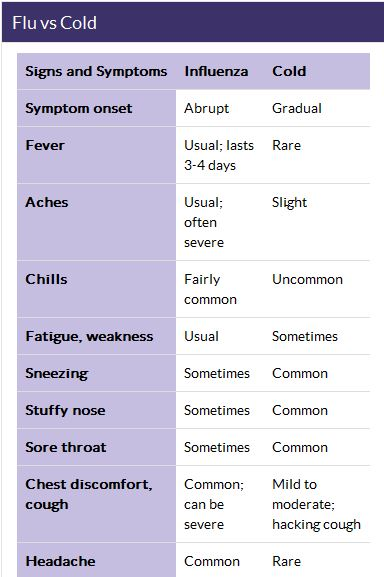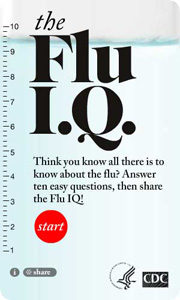According to the CDC, each flu season, nearly 111 million workdays are lost due to the flu. That equals approximately $7 billion per year in sick days and lost productivity. Flu activity is low so far, but we haven’t really entered peak season, which runs from December through March. But even though that is when flu activity is at its highest, viruses can occur any time of the year.
Flu vaccines can take a few weeks to kick in so medical experts suggest that it’s a good time to get your shot early. This season, the CDC recommends that only injectable flu shots are recommended and says that nasal spray flu vaccine should not be sued this season. There’s a new, stronger vaccine available for people 65 and older. You can learn more about what’s new in the 2016-2017 flu season fact sheet. It offers updated information about what viruses are prevalent and which vaccines are recommended.
The CDC recommends that everyone over 6 months get a flu shot once a year. It’s particularly important for people at high risk for developing potentially serious complications.
- Children younger than 5, but especially children younger than 2 years old
- Adults 65 years of age and older
- Pregnant women (and women up to two weeks postpartum)
- Residents of nursing homes and other long-term care facilities
- American Indians and Alaskan Natives
- People who have medical conditions
The flu is contagious. Here’s what the CDC has to say:
Most healthy adults may be able to infect other people beginning 1 day before symptoms develop and up to 5 to 7 days after becoming sick. Children may pass the virus for longer than 7 days. Symptoms start 1 to 4 days after the virus enters the body. That means that you may be able to pass on the flu to someone else before you know you are sick, as well as while you are sick. Some people can be infected with the flu virus but have no symptoms. During this time, those persons may still spread the virus to others.
The CDC also has a Business Pulse Infographic, where we sourced our image.



